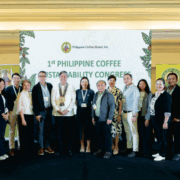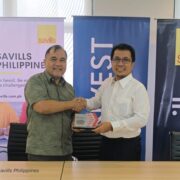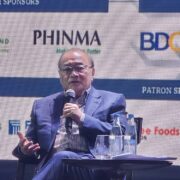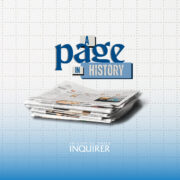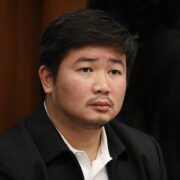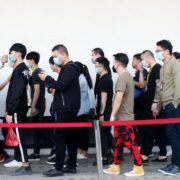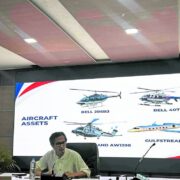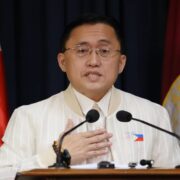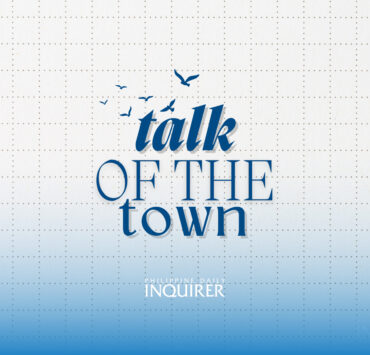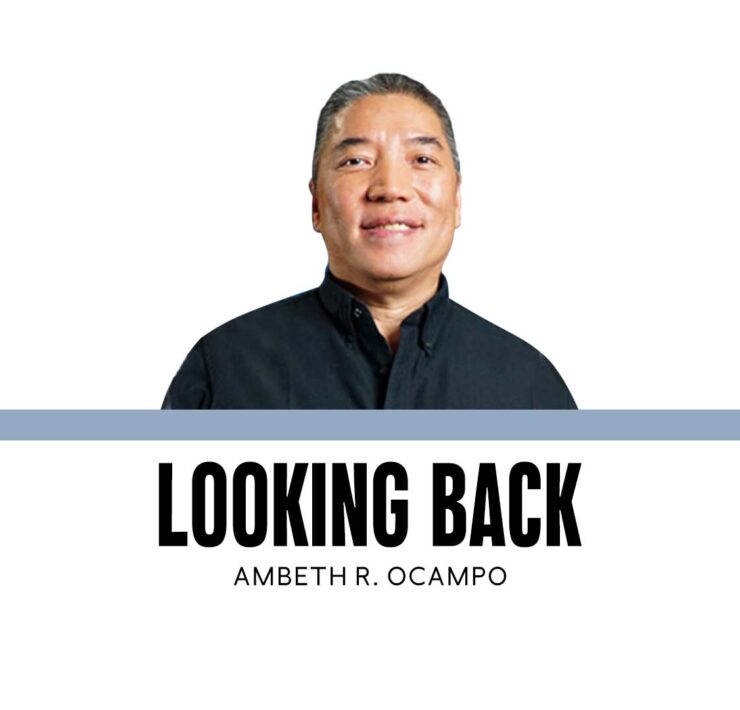RIPH: Readings in Philippine history
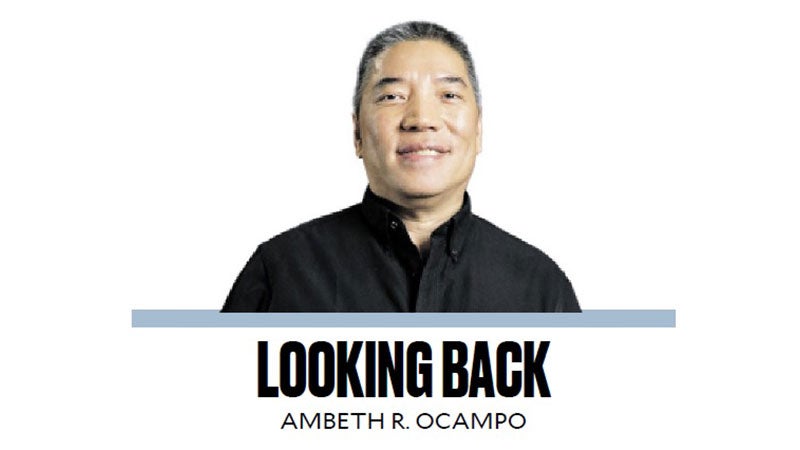
From the questions I receive online from students, it is obvious that some teachers do not know how to teach Philippine history or historical research. Most are college students enduring the new General Education course “Readings in Philippine History” with the inauspicious acronym—“RIPH.” A conversation usually starts with the question—“Can you tell me about yourself?” My standard reply—“Why?” A more polite opener is “Puede po ba magtanong? (May I ask a question?)” also nipped in the bud with the reply, “Why?”
What I find worrisome is that many of the questions can be answered quickly with a Google search or going to the library to handle physical books. For example, “What is the publication date of your book ‘Prehistoric Philippines?’” Most Rizal-related questions are easily answered by my book “Rizal Without the Overcoat” except ridiculous ones like “What is the full name of Rizal?” Some questions hint that my book was consulted by teachers who formulate the coursework. “I want to ask lang po if mayroon po ba evidence na predict or napanaginipan po ni Dr. Jose Rizal na magiging national hero po siya? For reporting purposes lang po!” I guess some teachers will not assign “Rizal Without the Overcoat” because the students will find within it all the answers to the reports and tests.
In my classes, you will need more research methods than asking Google or ChatGPT. Every semester, my students have to write a 700-word essay on the day they were born. For this, the base text is found in the online Inquirer Archive. They have to read two issues: first, the newspaper on their birthday (that has news from the day before); second, the newspaper the day after their birthday (that carries news from their actual birthday). I then teach them to validate what they find in the Inquirer by going to the library and digging up other newspapers. For many, the news reads sound the same, but if they read closely, they discover that while the basic: who, what, when, and where are the same, the why can be different based on the way the news is reported and displayed, located, etc. I am happy that even without my bidding, many students read more than what was required. All this was inspired by dormant natural curiosity.
Not all students focused on the headlines. Some, depending on their interest, scanned the Entertainment, Lifestyle, Business or Sports pages. Others looked into the weather forecast, peso-dollar exchange rate, komiks, and horoscope. To my horror, some students looked at the Opinion pages and found a column I wrote on their birthday. This made me look and feel like an antique, literally born in the last century.
Students had to learn how to use a microfilm reader: putting the film roll on the carriage, finding the image they wanted, putting it into focus. Scrolling the microfilm to the page they needed was not done with an index finger on a lighted screen, but by turning a knob till their hands got sore. Watching the pages flip by made some students dizzy. Note-taking was a challenge because taking photos from the reflected image in a light box required higher-level skills.
Many of the students considered this time travel. The images on the screen are a primitive form of TikTok because these were static, black-and-white images projected on a white surface. Many of them remember seeing and reading hard copy newspapers in their youth. I told them that their children and children’s children will probably not know what a “news-paper” is like because they have not handled a physical copy. Today’s newspapers whether in print, microfilm, or digital to the next generation will be what archival manuscripts are to me.
Most students actually enjoyed the assignment, more so because their parents and siblings who lived through the past were unable to clearly describe what the Philippines was like 17 to 19 years ago. For many students, this exercise taught them one of life’s great lessons: that parents can be an unreliable source of information. During the discussion, the issue of objectivity in history came up. I told them that the only objective historical source from my generation was the three-volume PLDT telephone directory, with the yellow pages arranged by type or profession and the white pages for the list of subscribers arranged alphabetically by surname. This begs the question, the phone book can’t be objective because it was a subjective decision to arrange the data alphabetically rather than by gender, age, address, etc.
Students went through a lot of information, but when they wrote their essays, they had to make a decision on what information to keep and what information to leave out. They realized that newspapers could not possibly cover everything on a particular day, so what is reported is a mere snapshot, a detail of the past. Many students noted that good news is rarely reported and the negative fills the pages. Data in newspapers is skewed. The light in my students’ eyes switching on means they learned the historical method by doing actual primary source research. The smile on my students’ faces means the assignment made the past relevant to their present.
—————-
Comments are welcome at aocampo@ateneo.edu
Ambeth is a Public Historian whose research covers 19th century Philippines: its art, culture, and the people who figure in the birth of the nation. Professor and former Chair, Department of History, Ateneo de Manila University, he writes a widely-read editorial page column for the Philippine Daily Inquirer, and has published over 30 books—the most recent being: Martial Law: Looking Back 15 (Anvil, 2021) and Yaman: History and Heritage in Philippine Money (Bangko Sentral ng Pilipinas, 2021).

